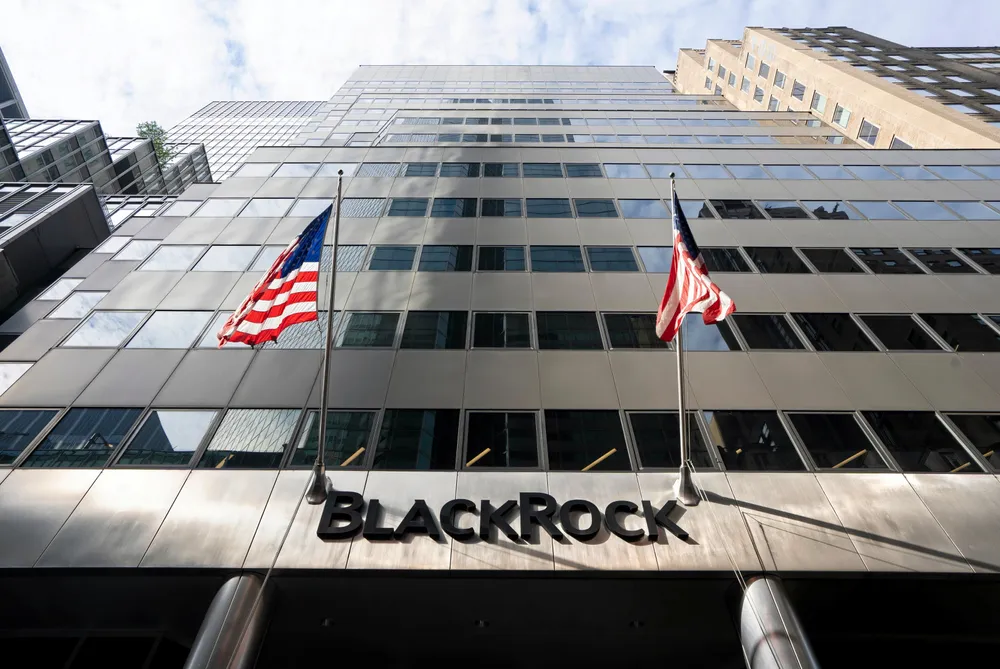Almost every insurer now has a low-carbon target, BlackRock finds
Sector looks to add wind, solar and storage investments

Almost 99% of leading global insurance companies have set a low-carbon transition objective within their investment portfolios, with most senior industry executives indicating they are targeting more wind, solar, and storage to support this strategy, according to a survey by US investment giant BlackRock.
Sixty per cent of 410 insurers surveyed intend to invest in clean energy infrastructure and those technologies specifically, with 66% stating they have more conviction now towards investing in low-carbon transition than they did one year ago.
More than half cited management and/or mitigation of climate risks as a top motivation for do so. Additional drivers for setting low-carbon transition objectives include responding to stakeholder and beneficiary interest and fulfilling regulatory requirements.
Global insurers also said they are focused on increased allocations to private markets over the next two years including 96% from both APAC and North America and utilizing innovative technology in 2024.
“We’ve seen rapidly accelerated demand for private markets among insurers in recent years, given these investments’ dual benefits of diversification and increased income generation,” said Mark Erickson, global head of the Financial Institutions Group at BlackRock, the world’s largest asset manager.
“Insurers face unique challenges when evaluating strategic asset allocation to alternative investments, including regulatory issues, liquidity needs, and higher capital charges,” he added.
They cited interest rates as their biggest risk as most market economies led by the US continue to engage in runaway deficit spending, stoking concerns over potential future inflation and higher borrowing costs as occurred in 2022-23.
The US federal debt has skyrocketed under President Joe Biden and his predecessors Donald Trump and Barack Obama, totaling $33.1trn on 1 January and exceeding its $27trn gross domestic product. The annualised cost of servicing this debt now accounts for about 15% of total federal spending and now exceeds the defence budget.
Insurers said other key risks going forward as geopolitical tension and fragmentation, political uncertainty impacting macroeconomic policies, and regulatory developments.
Despite this outlook, 74% of insurers have no plans to change their current risk profiles.
Within public markets, 42% of those surveyed planned to increase allocations to government and agency bonds. Inflation-linked bonds are also a priority.
In private markets, insurers report they are looking to increase allocations to private debt across multiple categories, including opportunistic private debt (41%), private placements (40%), direct lending (39%), and infrastructure debt (34%).
(Copyright)